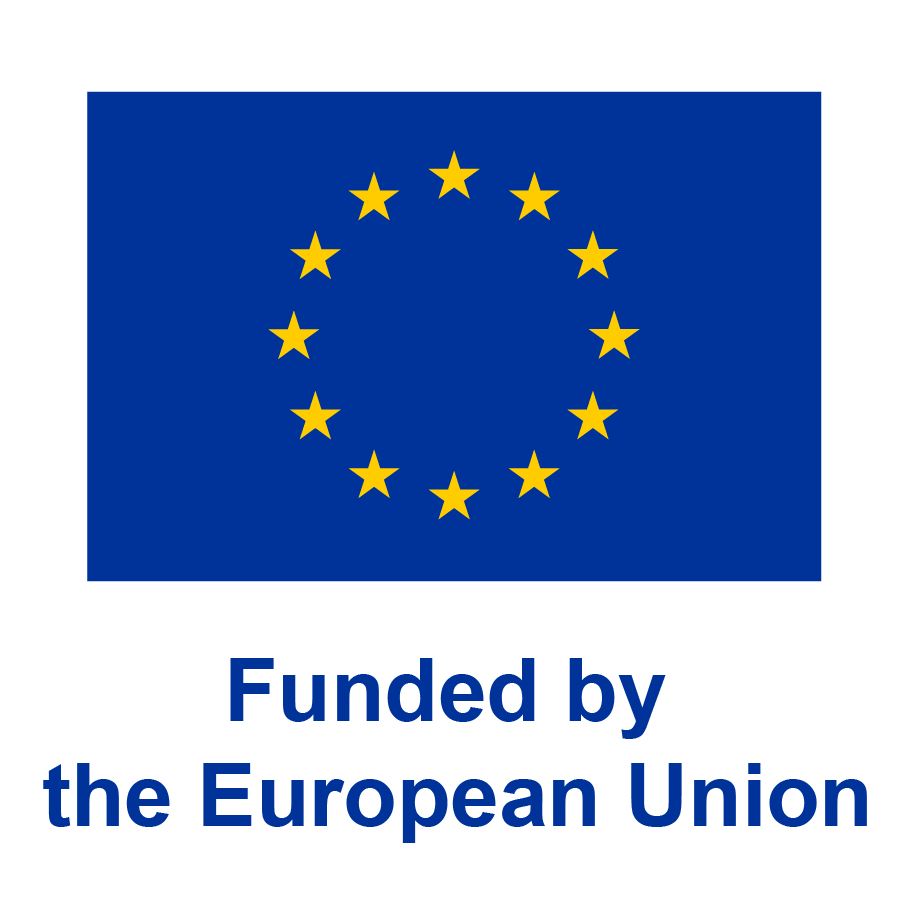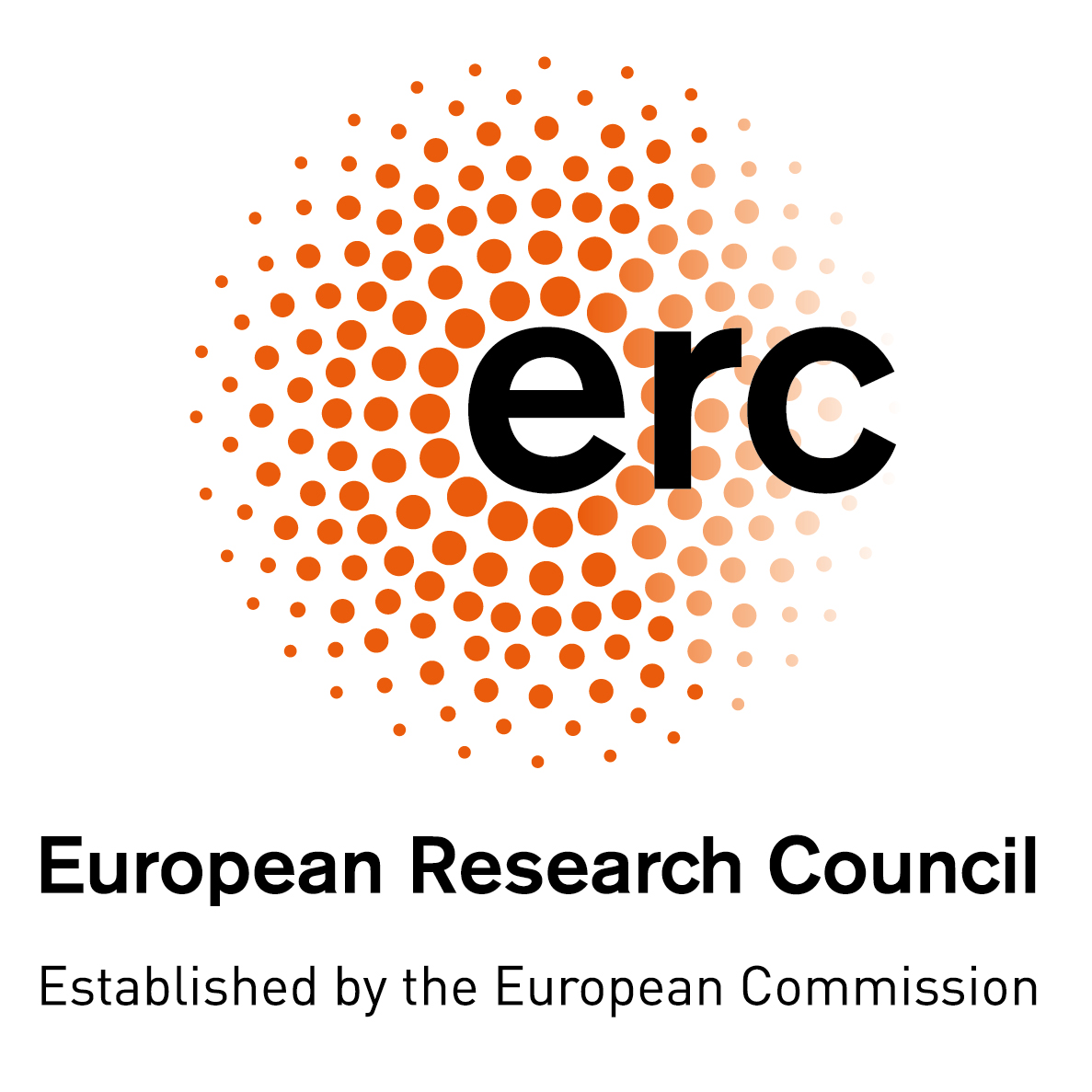

-
Humanities and the arts
- History of art
Forgeries in the styles of old and modern painters have recently caused much consternation. Although scientific methods to analyze cultural heritage are being developed rapidly, research in the field of forgery detection (art created with the intent to deceive) is too fragmentary and discipline-bound to face the current scholarly confusion and information overload. This project lays the intellectual foundation for a new type of connoisseurship, building on the latest developments in (technical) art history and data science. Art historians are used to focus on the past and the present. However, this project will allow art experts to face forward and predict high risks. The goal is to first generate fundamental new insights into significant anomalies that betray forged paintings (as well as into key characteristics of comparable originals); secondly, to develop smart tools, i.e. computer programs and checklists that help to quickly and effectively select potential forgeries for in-depth analysis; and ultimately, to give connoisseurship a new reach and relevance through the novel, integrated approach to assess, categorize and interpret paintings.
Despite the great importance of connoisseurship for art history (providing the basic classification of who created what and
when, information essential for virtually all interpretative studies in this field), its methodology has not kept abreast with innovative
multi-disciplinary approaches to collaboration among experts in different fields of inquiry. The 21st century has witnessed major
breakthroughs in thinking about authenticity within art history; the scientific methods and technical means to examine artworks have
improved tremendously; and data science and data visualization techniques allow us to think on an unprecedented scale. These conditions create ideal circumstances to now explore a new integrated approach, to make the analyses quicker, broader and more in-depth, and to lift connoisseurship to a new level.